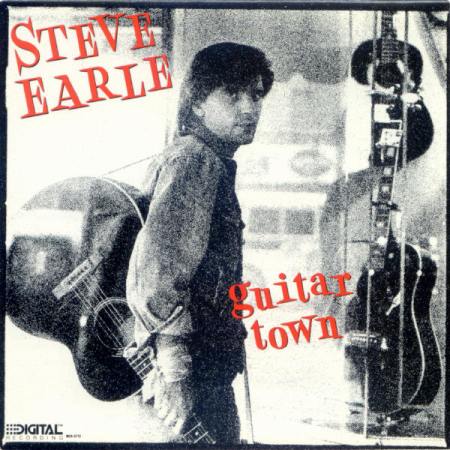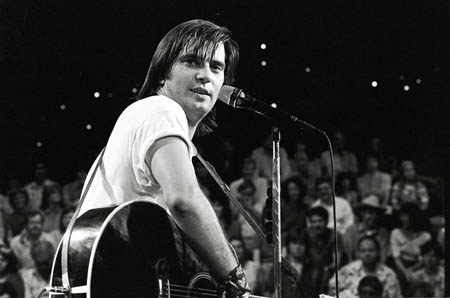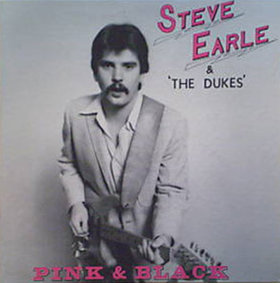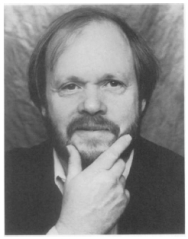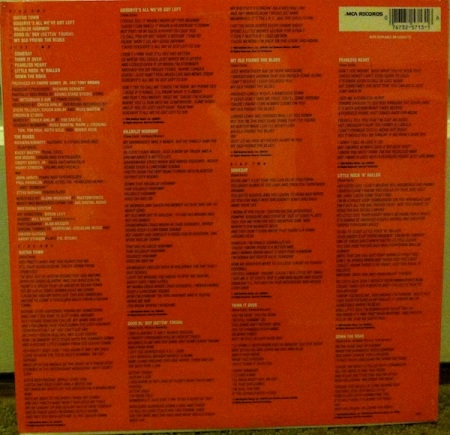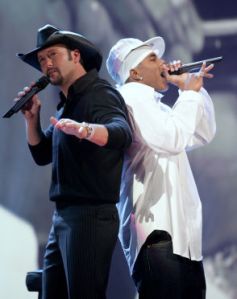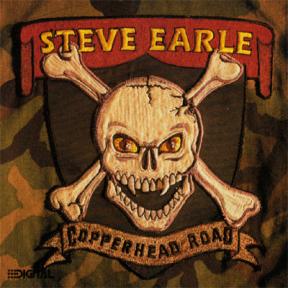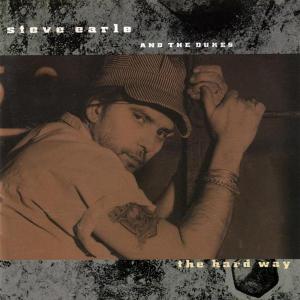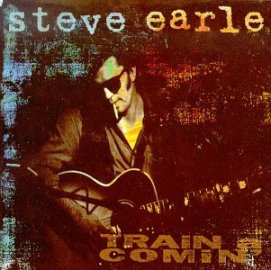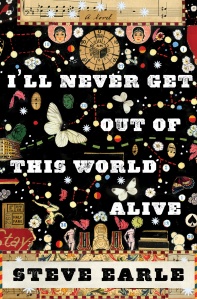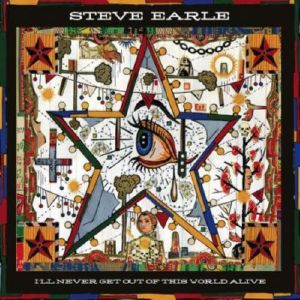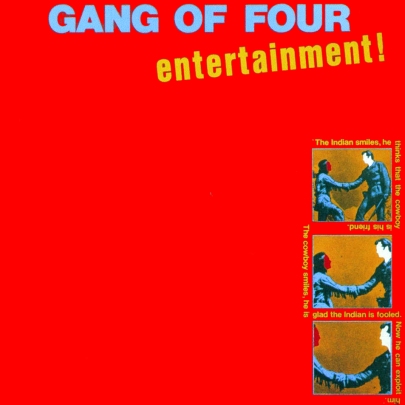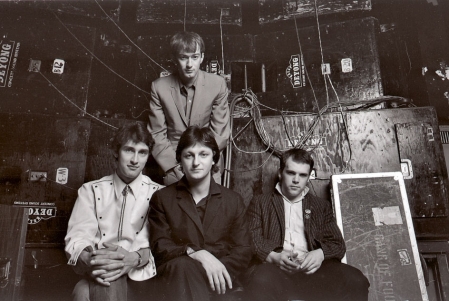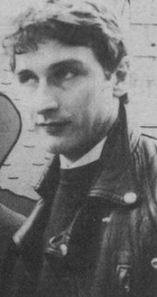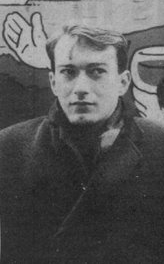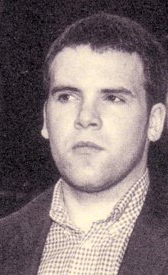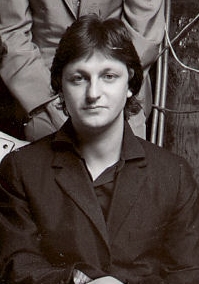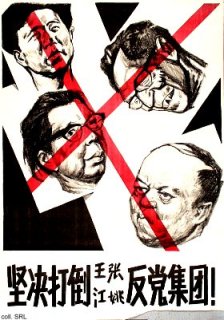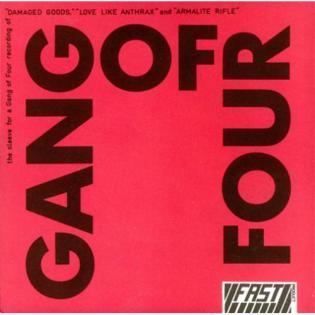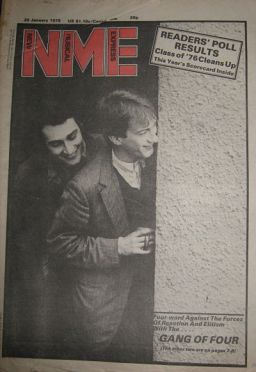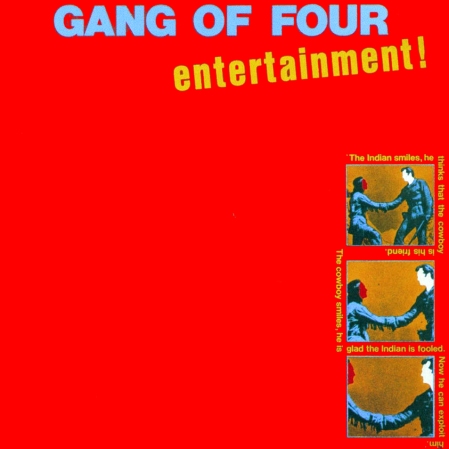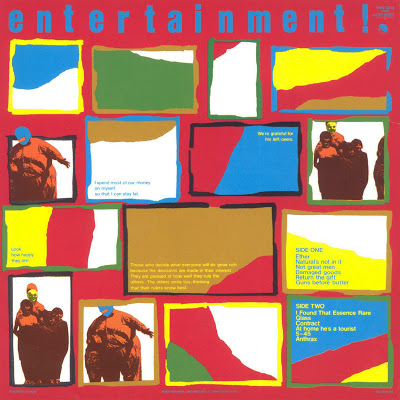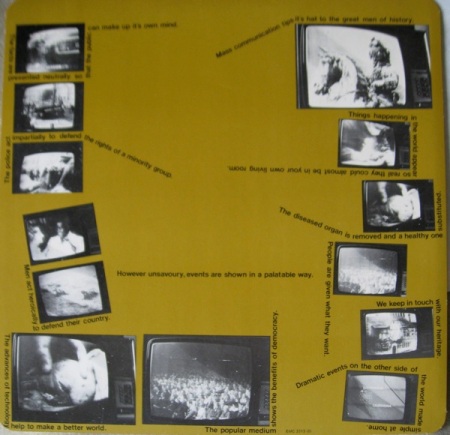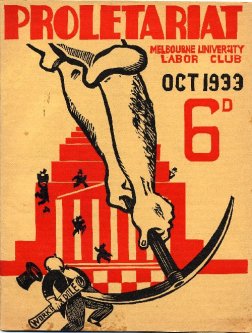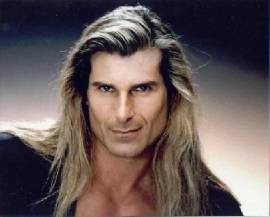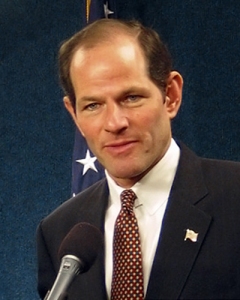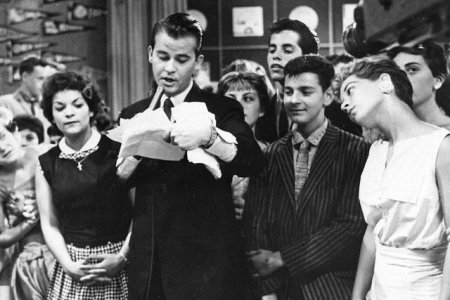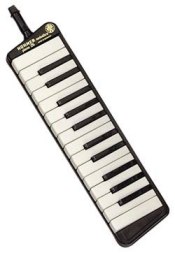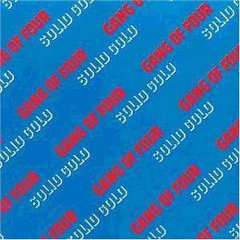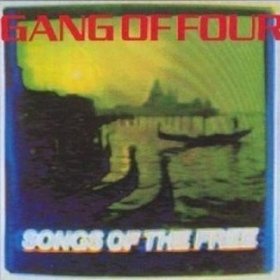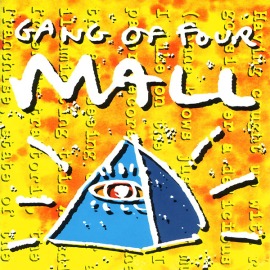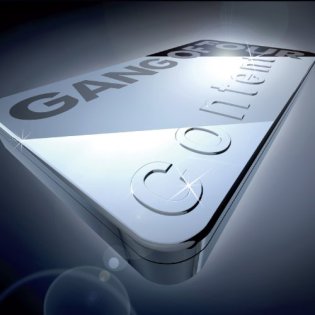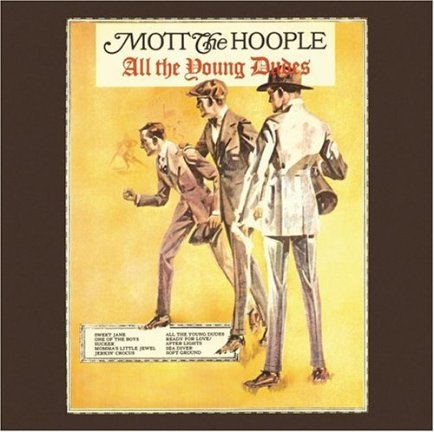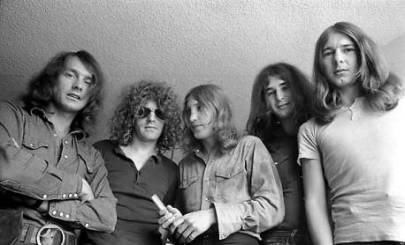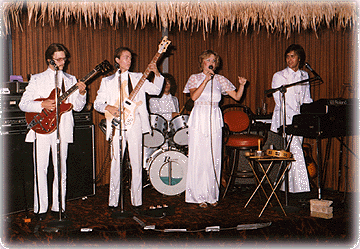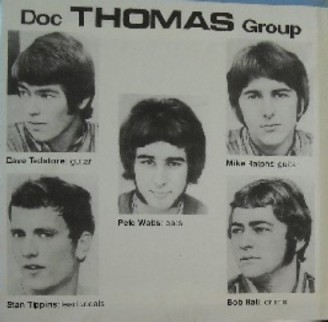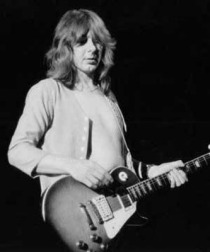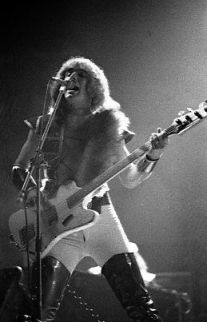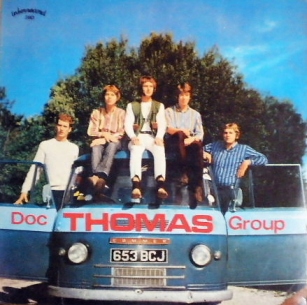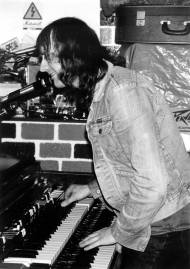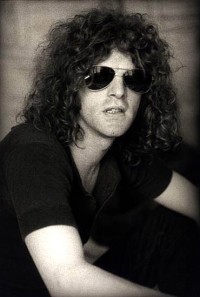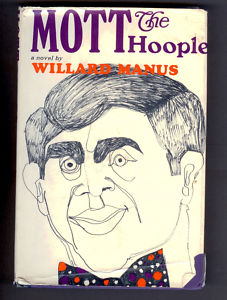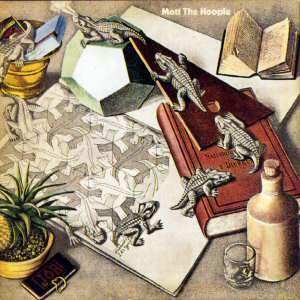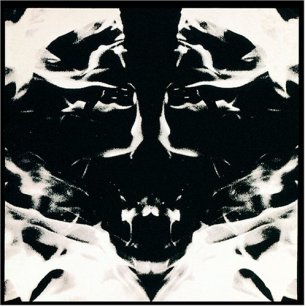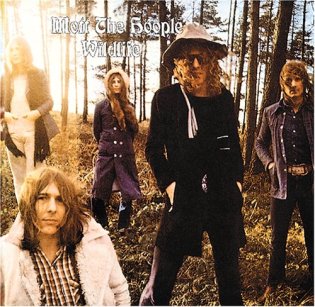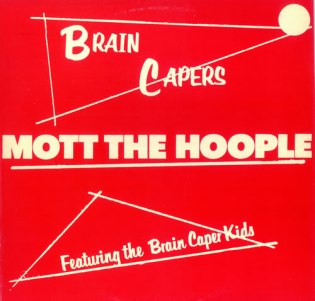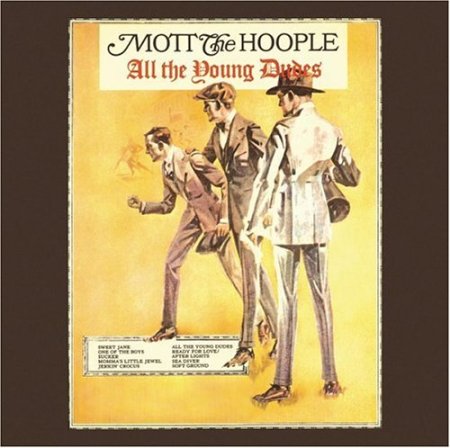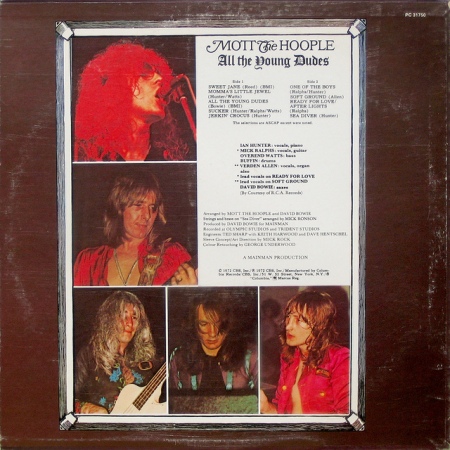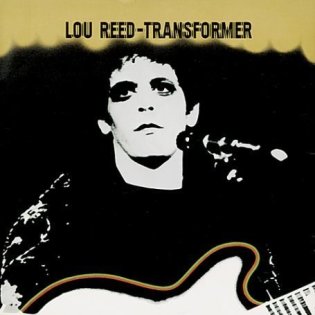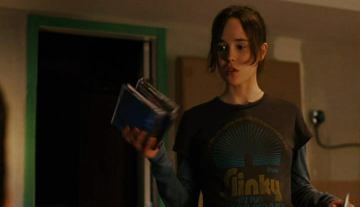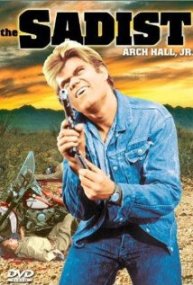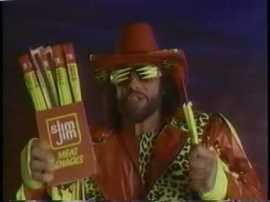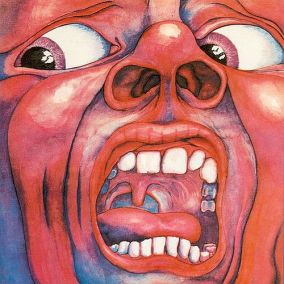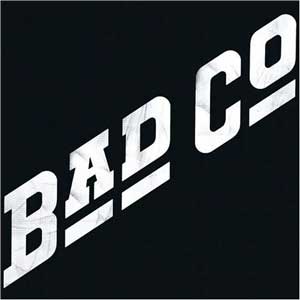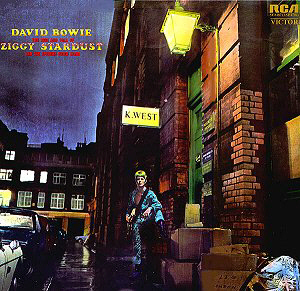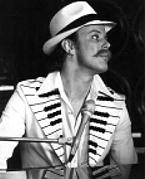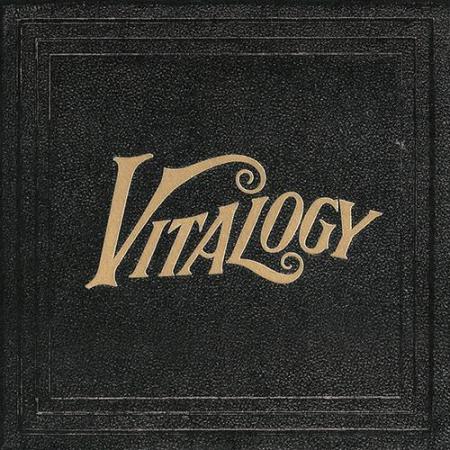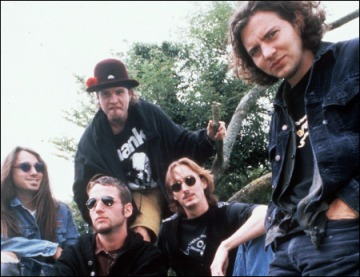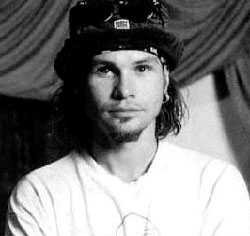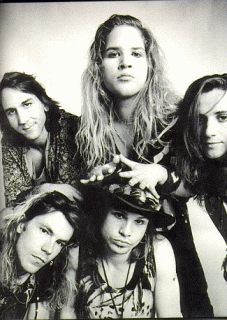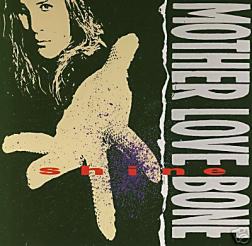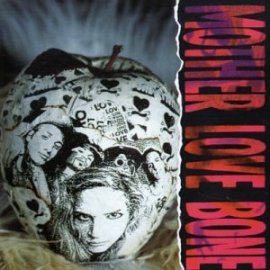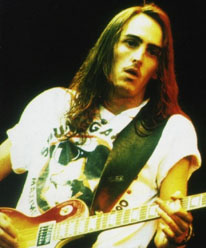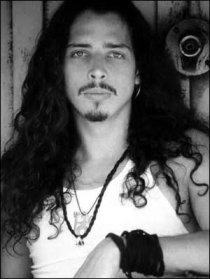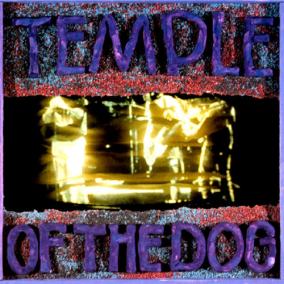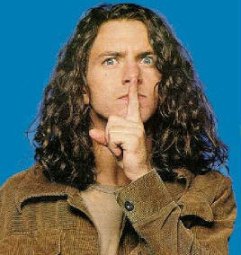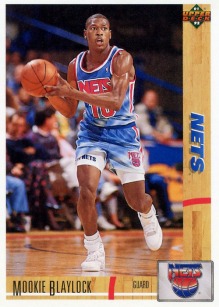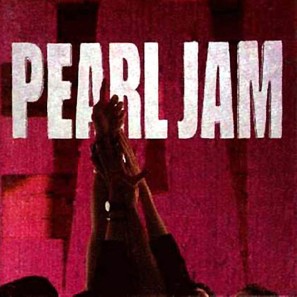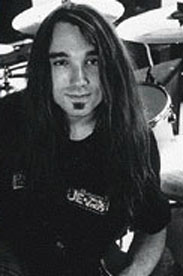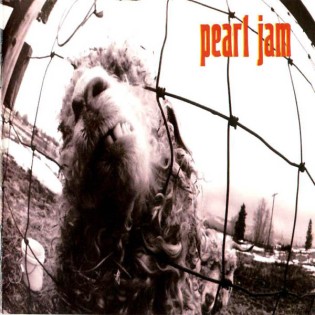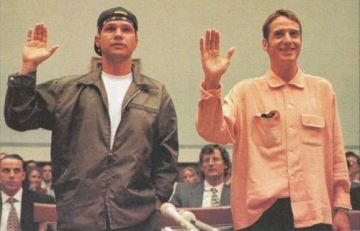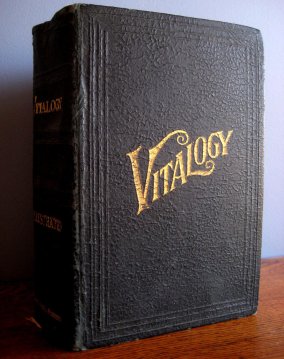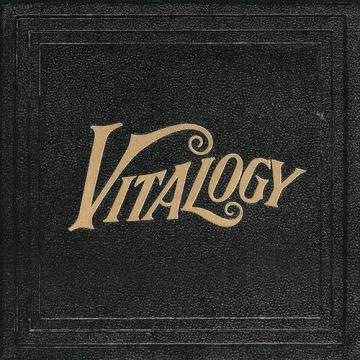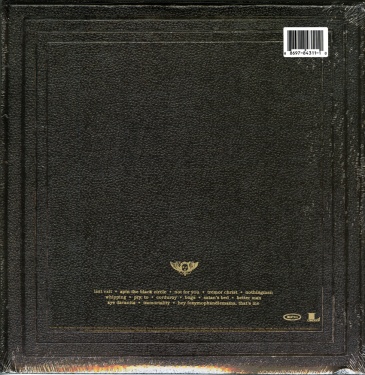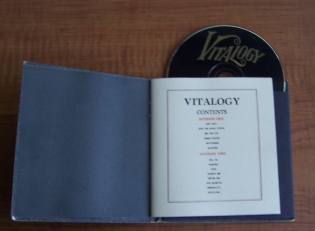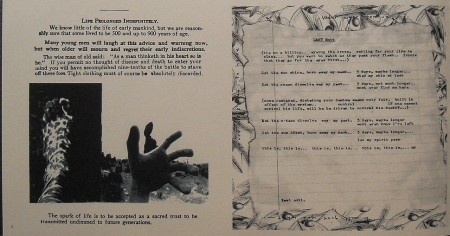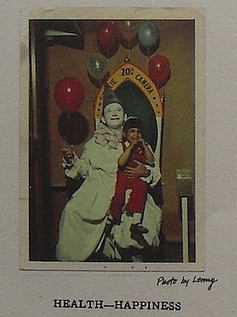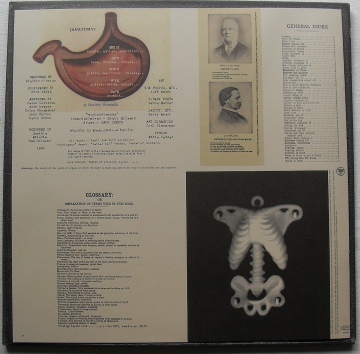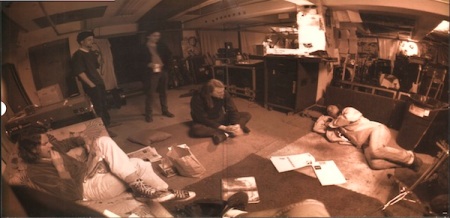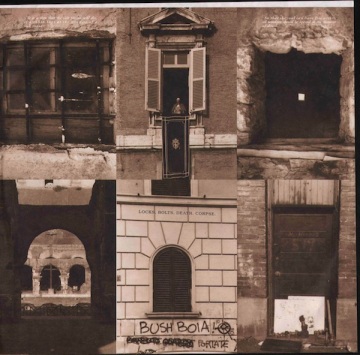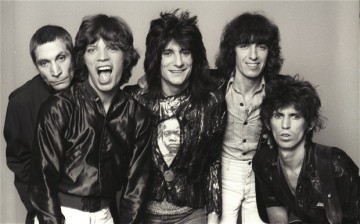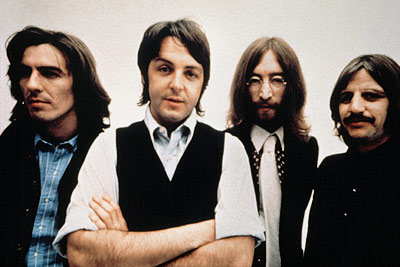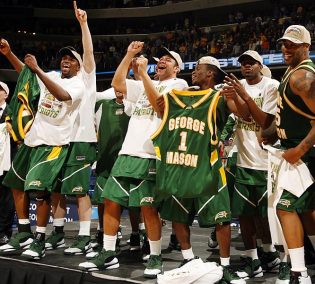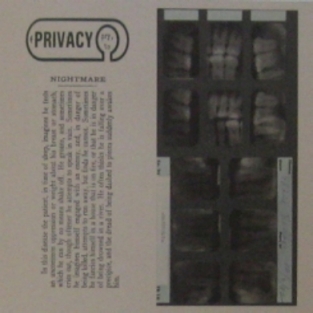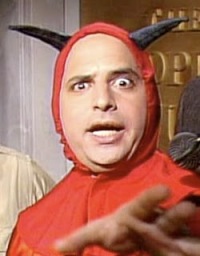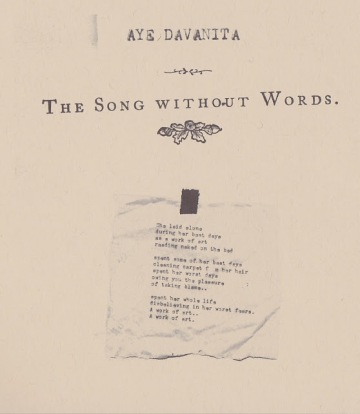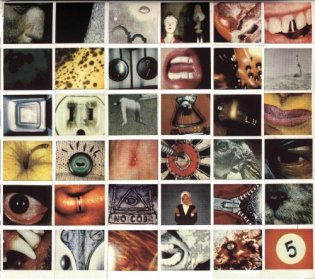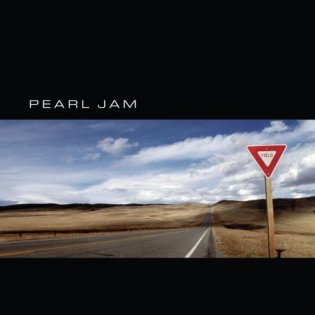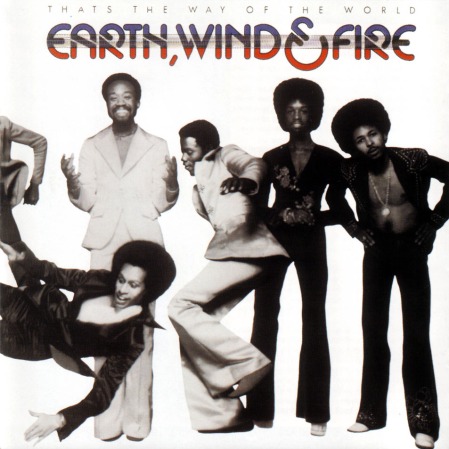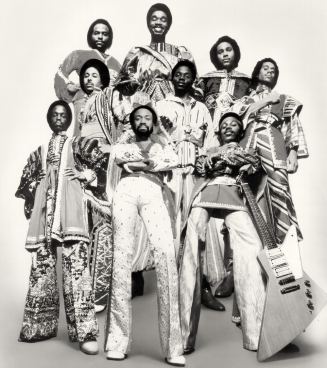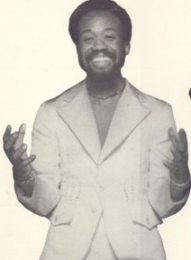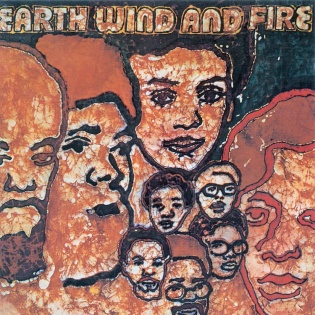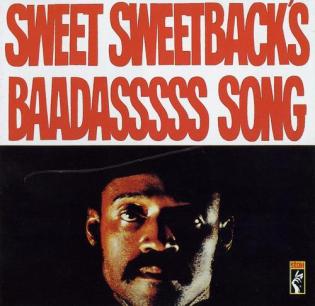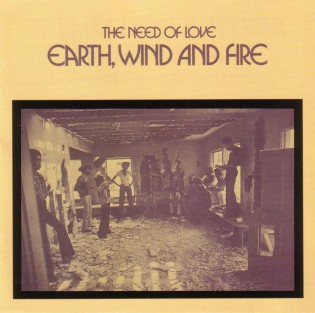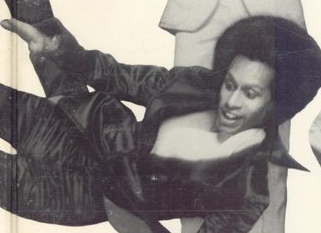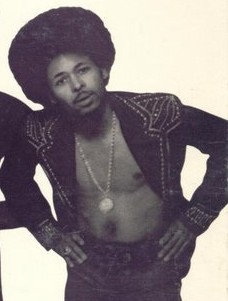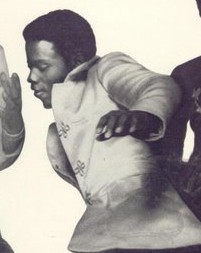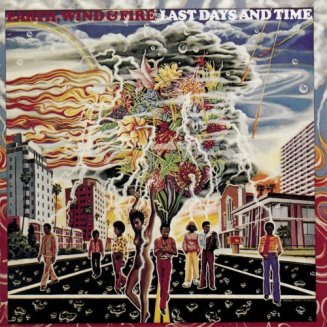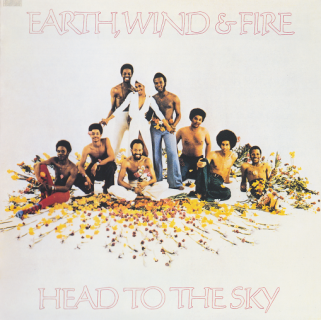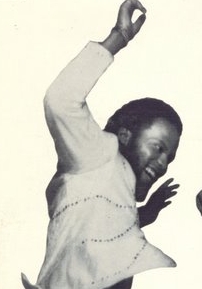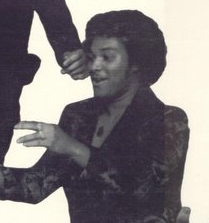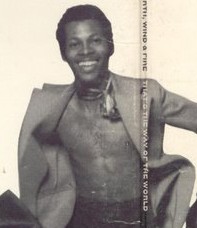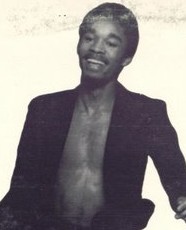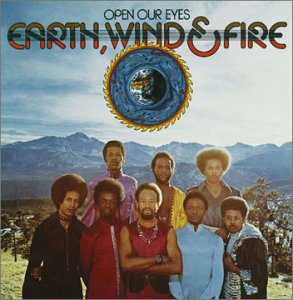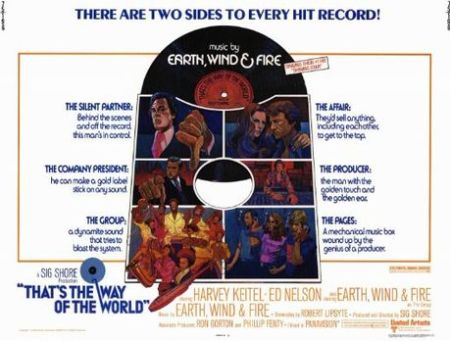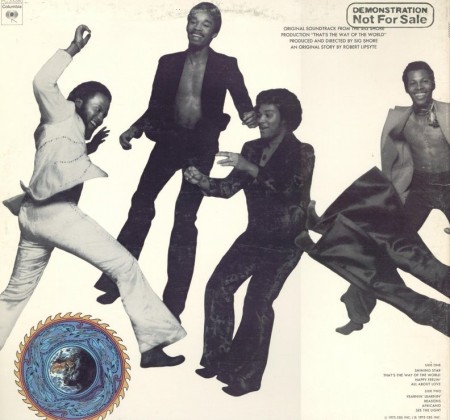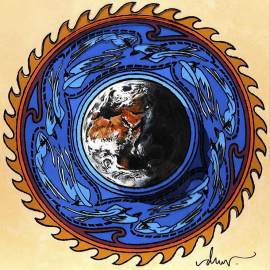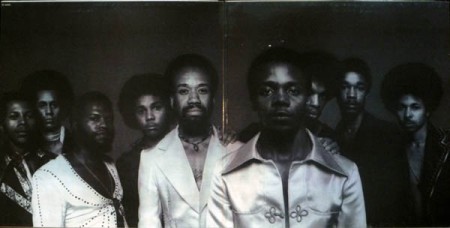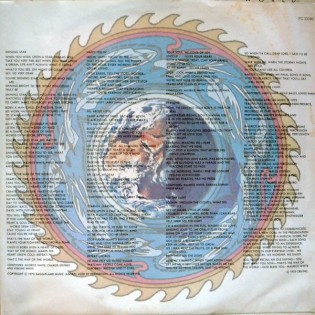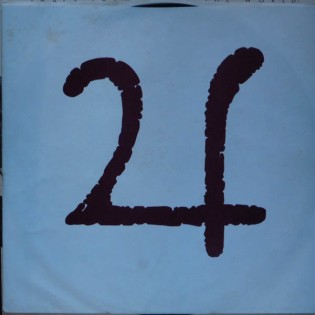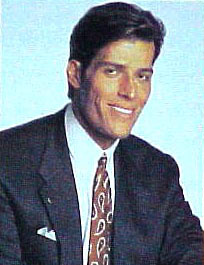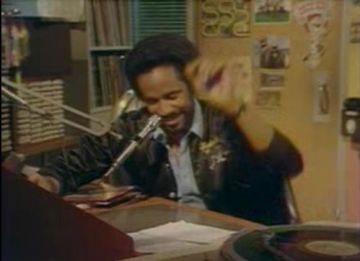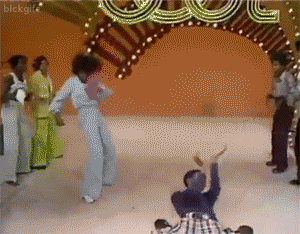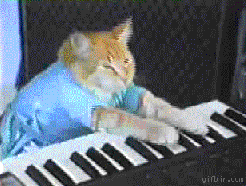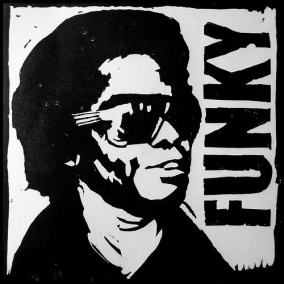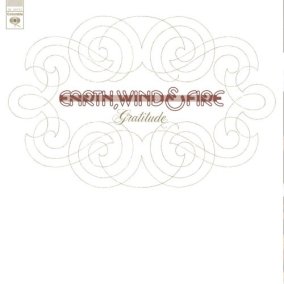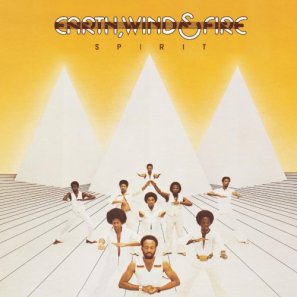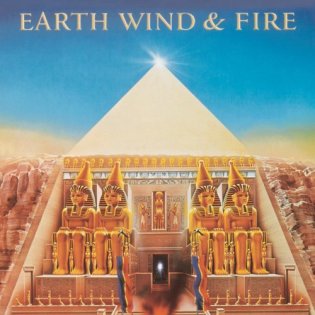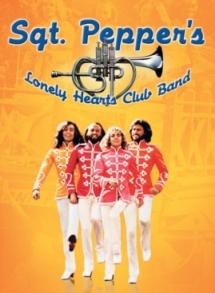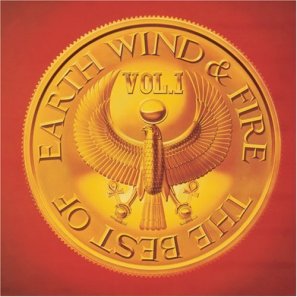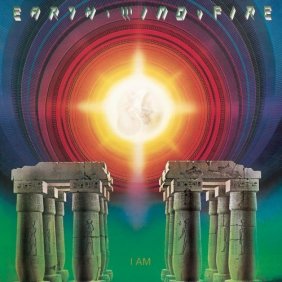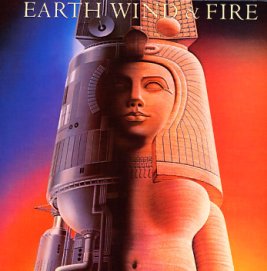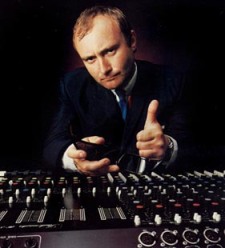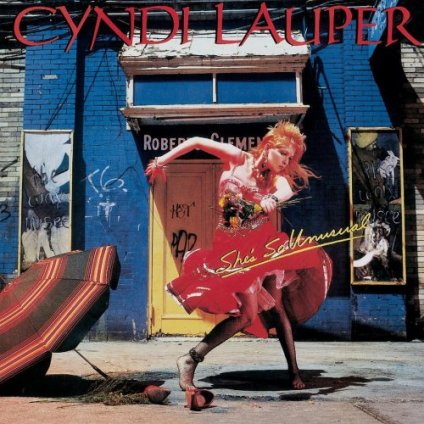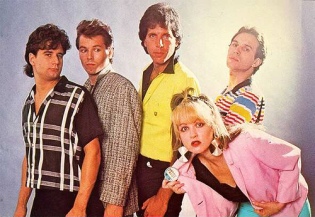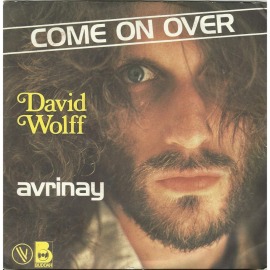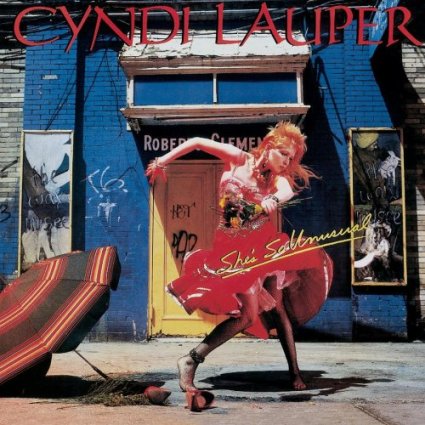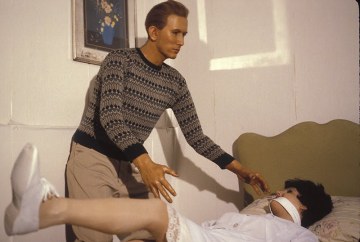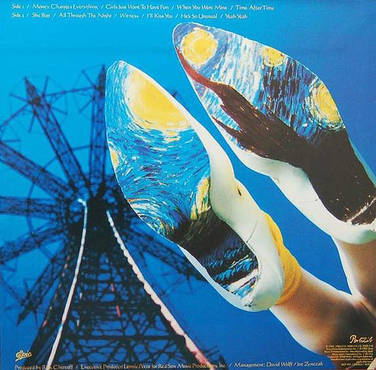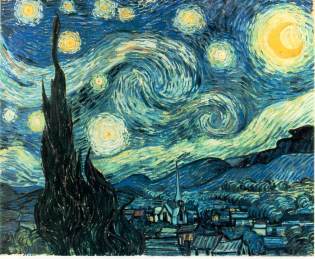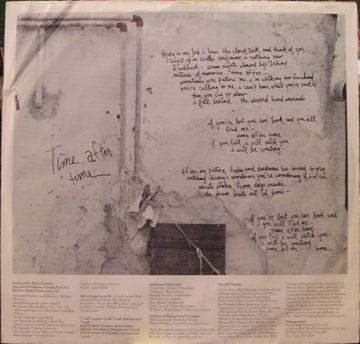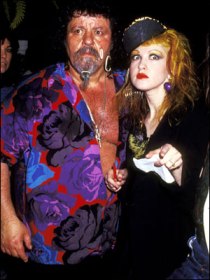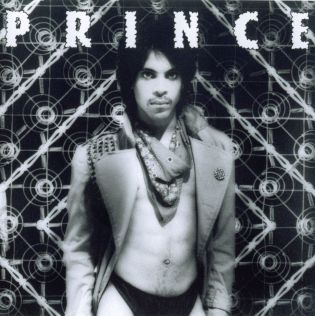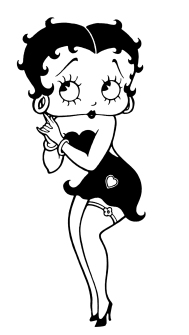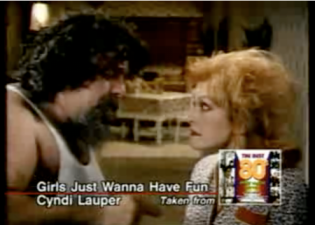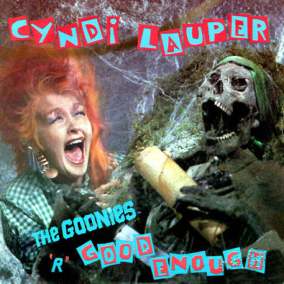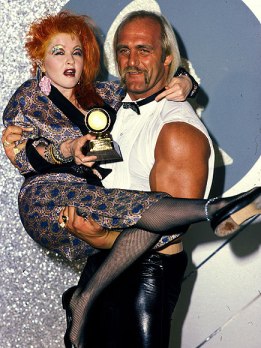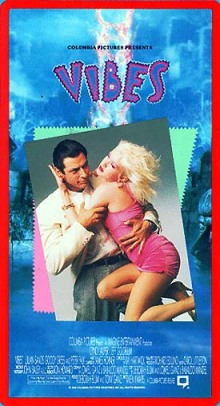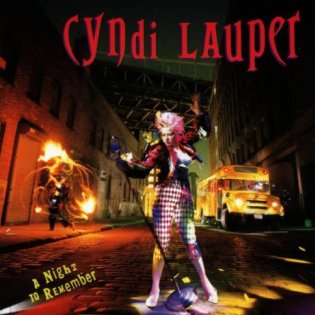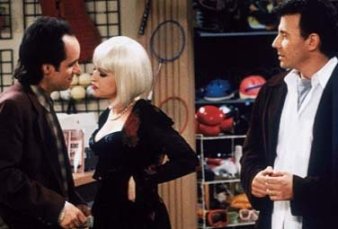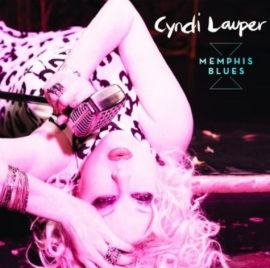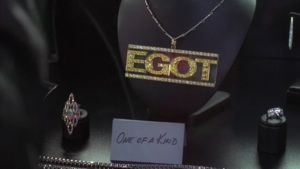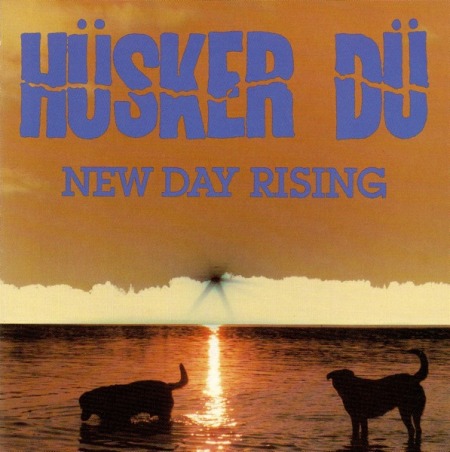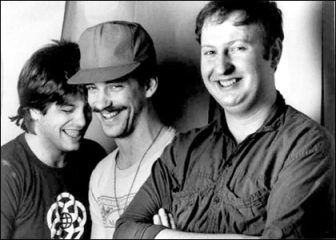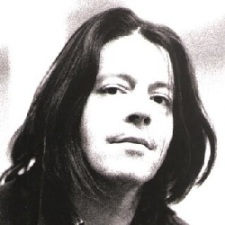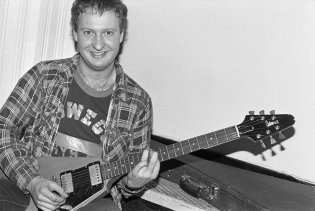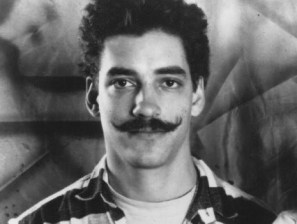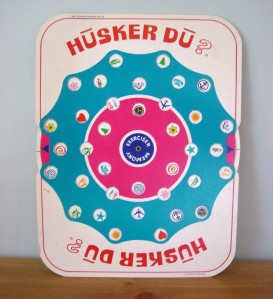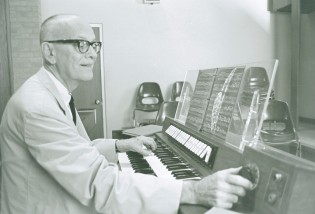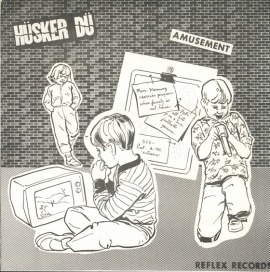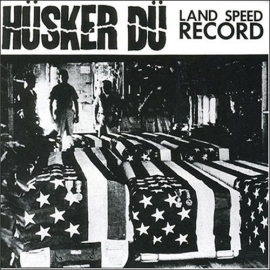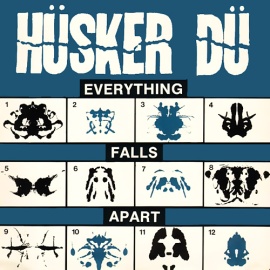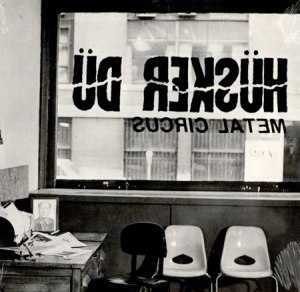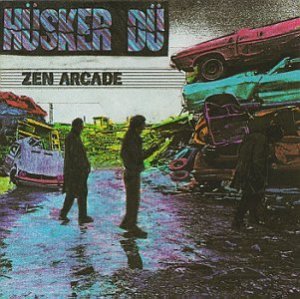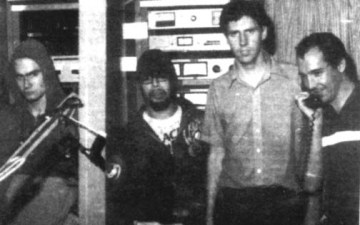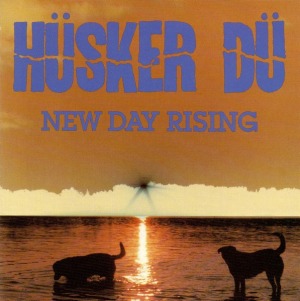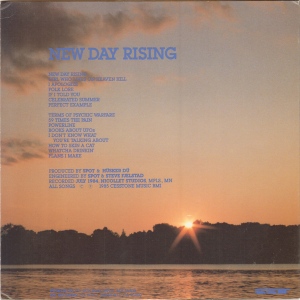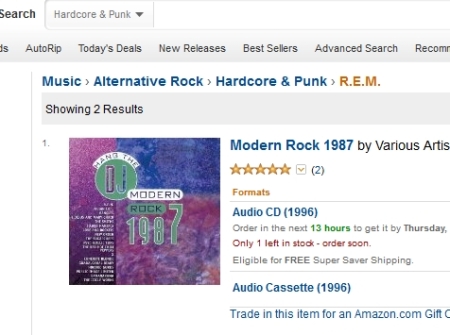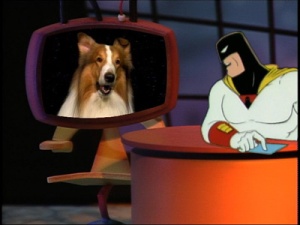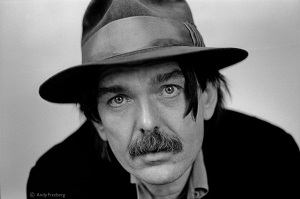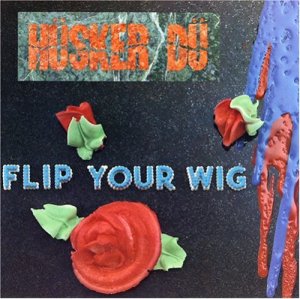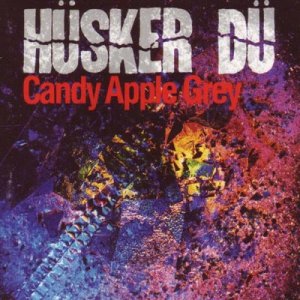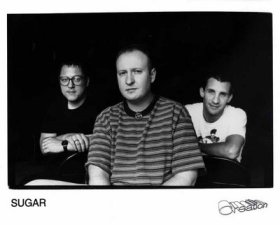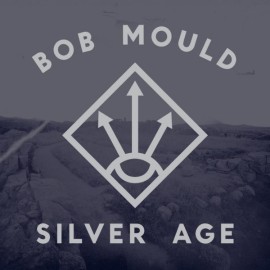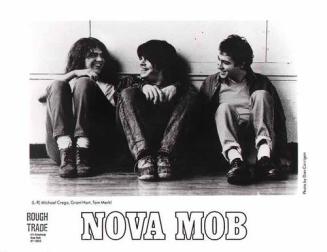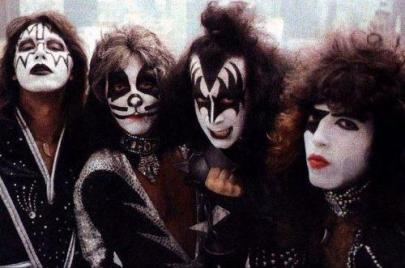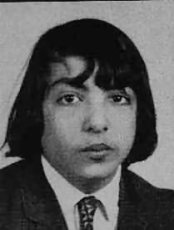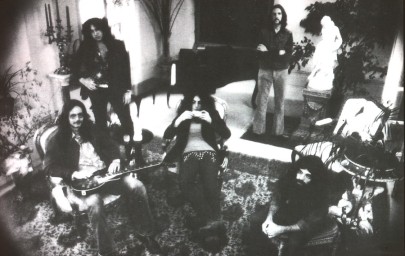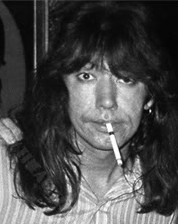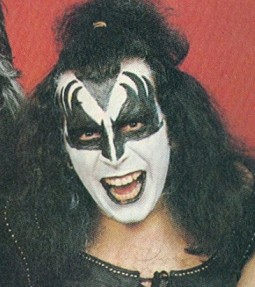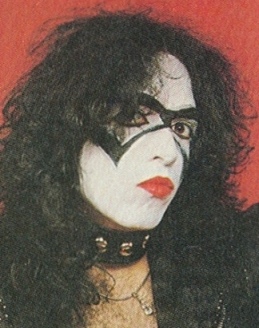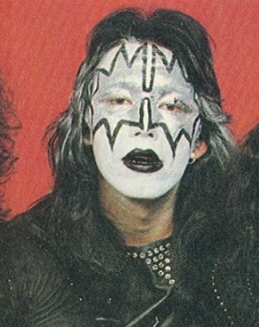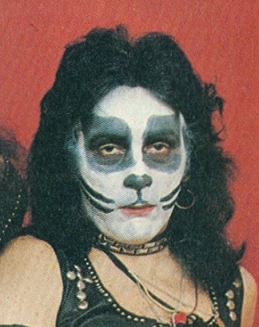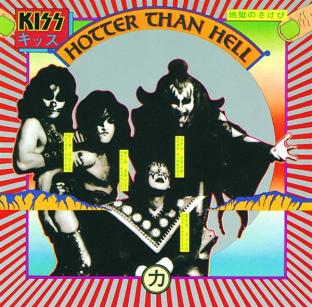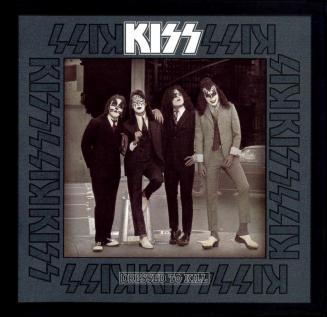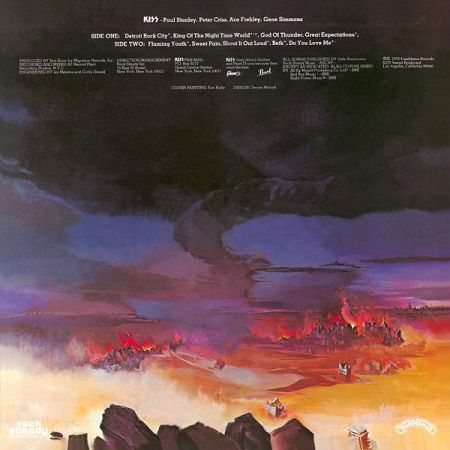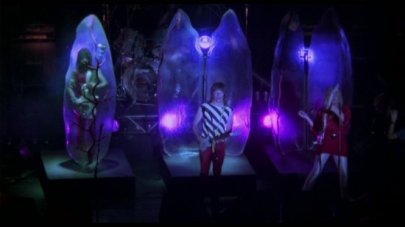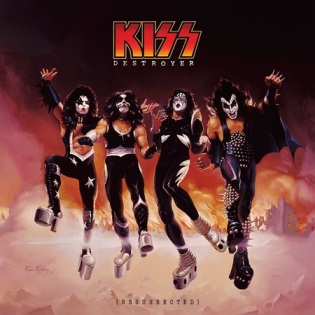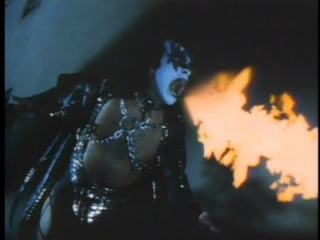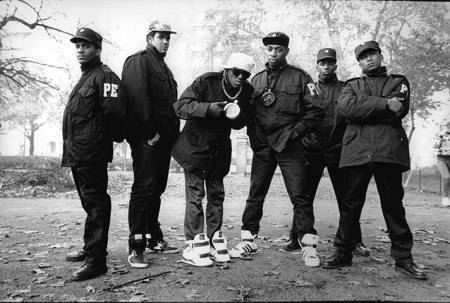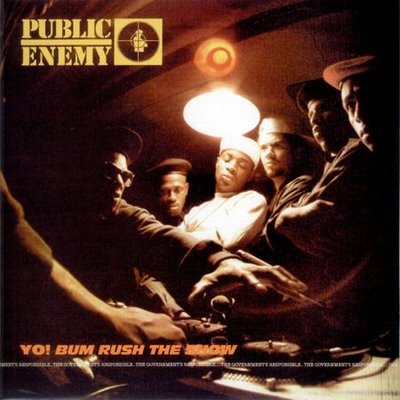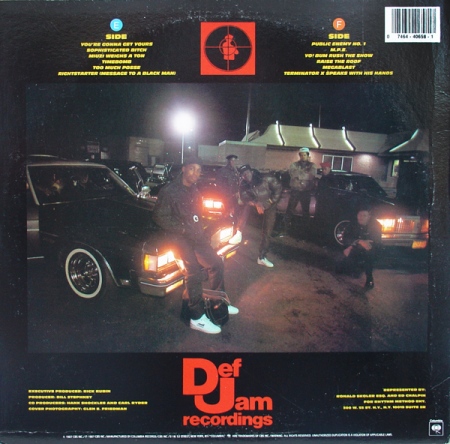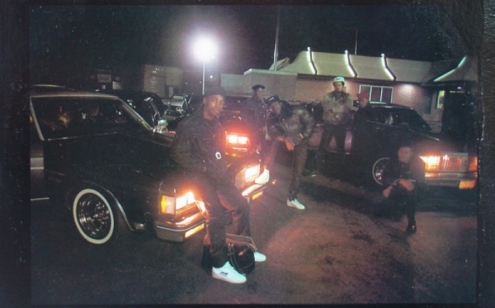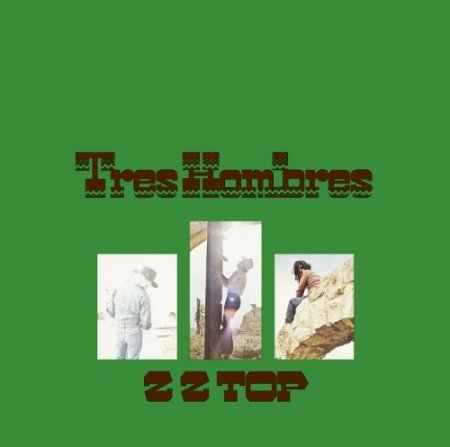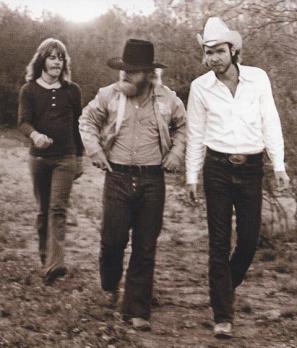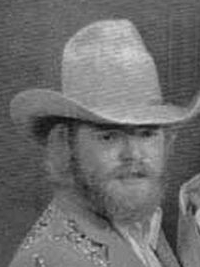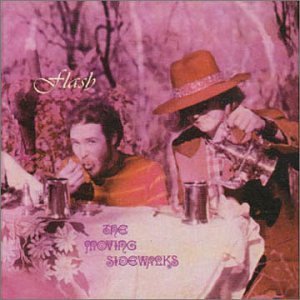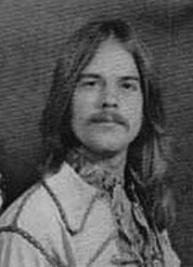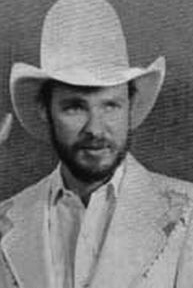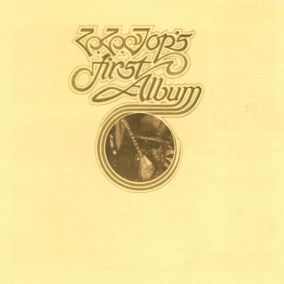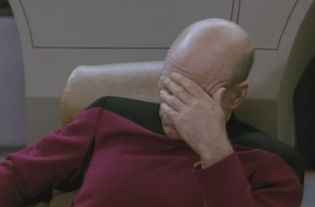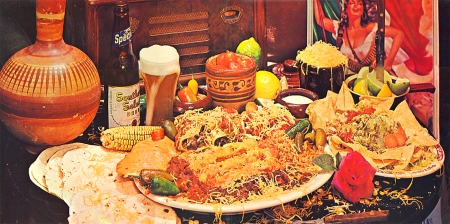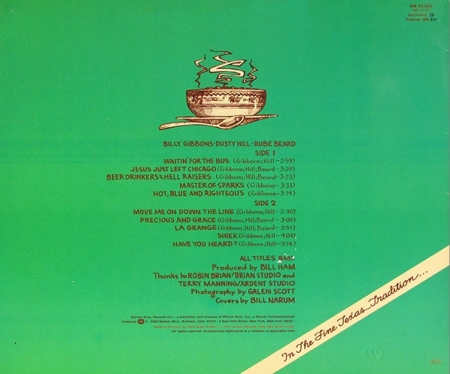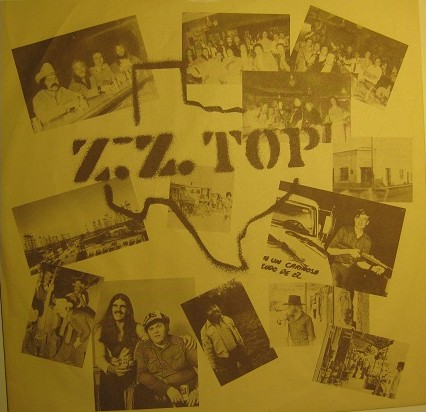The Artist:
Stephen Fain Earle was on January 17, 1955 in Monroe, Virginia, but his family moved to San Antonio, Texas when he was a toddler.
Growing up in Texas, he fell in love with the music of fellow Texan, Townes Van Zandt. Steve had learned to play guitar by the age of 11, and at 14 he ran away from home to try and become a musician and follow Van Zandt on tour.
He dropped out of high school at 16 and moved to Houston to live with a musician uncle. A couple of years later, Earle moved to Nashville to be part of the music scene there. He was only 18, but he was working odd jobs during the day, and playing bass in Texas-born Country artist Guy Clark’s backing band at night.
After a couple of years in Nashville he got a job as a staff songwriter for the Sunbury Dunbar publishing house. During his time there, he had little success writing hit songs. He went back to Texas to try and make it as a performer again, this time forming a band called The Dukes.
After failing to make a splash again as an artist, Earle returned to Nashville to go back to work as a staff songwriter. He finally had some success, writing “When You Fall In Love,” which was recorded by Johnny Lee in 1982, and went to #14 on the Country charts. He also had one of his songs recorded by the legendary Carl Perkins, “Mustang Wine.”
The publishing house he was now working for was run by Roy Dea and Pat Clark. They started up their own independent record label in 1982, LSI Recordings. Before they even started the label, they asked Steve if he wanted to record an album for them. Earle was excited about getting a recording deal, and brought his band, The Dukes, to Nashville to record with him.
The recordings turned out a 4 song EP, which he titled Pink & Black.
The sound on the EP was more of a Rockabilly style than Country, but it was warmly received by the Country music critics, especially critic John Lomax. Lomax thought that Earle should get a major recording deal and sent a copy of the EP to people he knew at Epic Records. Epic signed Earle, and Earle hired Lomax to be his manager.
Epic took one of the tracks off of the EP, “Nothin’ But You,” and released it as a single. However, the label did not promote the single in any way, which upset Earle.
He began recording his first album for the label in 1983. The music he was doing was the same type of rockabilly music that he was doing on Pink & Black. The label hated it and felt it was not commercial, and refused to release what he had recorded. They forced him back into the studio to record a more commercial album, with a new producer, Emory Gordy, Jr, who had worked with people such as Elvis Presley, Neil Diamond, Tom Petty, and John Denver.
The pair worked together pretty well, and recorded four songs for singles and b-sides. Epic accepted the tracks, but did not bother promoting them again. Fed up with the way the label was treating him, Steve was not terribly upset when the label dropped him in 1984. He also fired Lomax as his manager since he was connected with Epic.
He went to work again as a songwriter on Nashville’s Music Row, this time signing with the publishing house of Silverline Goldline. After working for a couple of years there, he met producer Tony Brown, who was working for MCA records. Brown had a lot of clout around Nashville, as he had been producing albums for most of their top Country stars such as George Strait and Rodney Crowell.
Brown talked to MCA execs about signing Steve Earle, and they ended up offering him a seven album deal to record on their label. Earle was now 31 years old and knew he had to agree to sign the deal if he was ever going to make it as an artist in Nashville.
He began assembling everybody he had worked with before to help him record his debut album on the label. The Dukes would be his backing band and Emory Gordy, Jr. would co-produce the album with Tony Brown.
Recording of the album commenced in late 1985 at Sound Stage Studio in Nashville and it would be one of the first Country albums to be recorded all digitally. By this time, Earle was no longer interested in recording the neo-rockabilly music that he was attempting during the Epic recording sessions years prior. He was now more interested in mixing the popular “heartland” rock of John Mellencamp and Bruce Springsteen with old-time, twangy Country.
The Album Cover:
The cover is a grainy black and white picture of Earle with his guitar strapped to his back, dressed in a denim jacket, in front of a store front that is advertising a couple more guitars. I guess the concept of the cover is that this is a literal guitar town with everyone carrying a guitar and guitars hanging in store windows like cuts of meat. I have searched the internet, but I can’t find any information on what store that is, but I’m sure it is somewhere around Nashville. The title and his name are in a kind of odd party font in red-orange. Also, notice the Digital Recording logo in the bottom left corner, which was something new to see on a Country music album.
The album title is taken from the opening track of the album, written by Earle, which is the song which is one of the most autobiographical on the LP, about being in Texas after leaving the “guitar town.” Of course the “guitar town” he is referring to is Nashville, the city which has formed so much of who he was as a songwriter.
The back cover is bright orange with the track listing and album credits in top left corner and the rest of the cover is used for the lyrics, very basic design.
The Album:
I am reviewing the vinyl LP release of Guitar Town released on MCA Records in 1986.
(Note: All song titles are linked to Youtube clips of the songs. As always, I most recommend buying the vinyl version for best listening experience, although since this is a digital recording, it can be argued that the CD version may be best. However, the album was not released on CD until a few years later as the original release was only on LP and cassette.)
The title track “Guitar Town” opens the album. It’s definitely one of the best Country songs of the 1980’s. Awesome opening track streak continues! I love the surf sounding organ and guitar on the track. He proves right away that he is a fantastic wordsmith with the line “I gotta two pack habit and a motel tan.” I just don’t think anyone outside of Country music can turn phrases like that.
The next track, “Goodbye’s All We’ve Got Left” is a another great track. I love him saying he can “smell” a heartache’s coming.
“Hillbilly Highway” is the one song of his that I remember still being played on Country radio in the early 90’s when I first started listening to it. It is the most traditionally Country song yet. I love the “explosive” pedal steel guitar that comes in a couple of times for a few seconds. It’s great in every way.
“Good Ol’ Boy (Gettin’ Tough)” sounds like a more-Country John Mellencamp song, both in music and lyrical content. This is another great, well-written track. It has a little more of a rock edge than the previous tracks. I love the lines “A twenty thousand dollar pickup truck/Belongs to me and the bank and some funny talkin’ man from Iran.” To me, Country music songwriters, on the whole, are the best at writing songs that explain real life than any other genre’s writers, Hip Hop lyricists are the only ones that come close (one day I’ll write about the many similarities in Country and Rap music.)
Side one ends on “My Old Friend the Blues.” It sounds like it was very influential on Garth Brooks. I mean it sounds just like something Garth would do. It’s good, but my least favorite song on the album so far, although his singing is very good on here. An oddball fact, it was covered (in an almost exact copy) a few years later by those guys that sang “I’m Gonna Be (500 Miles,)” The Proclaimers.
Side Two opens with “Someday” which is one of those great Country songs about wanting to leave a small town. I grew up in small towns, and while I personally can’t relate to the “trapped in a small town thought,” since I still spent most of my time not in the towns I lived in, but I knew/know those people and this song perfectly describes how it is. The thing is that Steve, I assume, is writing from a purely fictional prospective, unless he had a brother that did play college football that I don’t know about.
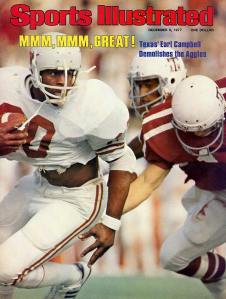
The only Earle I can remember in football back then is Earl Campbell, and as far as I know he and Steve are not related.
“Think It Over” sounds like something from 1950’s Country. Also sounds a lot like what Dwight Yoakam would be doing a few months later when he releases his debut album. Pretty good track.
“Fearless Heart” is okay, but it is too much like one of those paint-by-numbers Music Row songs (4 line verse followed by 4 line chorus.) It’s still good, but nothing that makes too big an impression. Although, I think that is a synthesizer somewhere in there, that’s not common on a Country record.
“Little Rock ‘n’ Roller” is a great, sweet, sad song that touches on two of the best subgenres of Country music: trucker songs and “I love my child” songs. I’m sure some people think those things are cheesy, but screw those people, I love when Country touches on its favorite subjects. This album is just missing a song about a relative dying, an “America is the greatest” song, and a “come to Jesus” song, and then it would touch on all of Country’s favorite song subjects.
I’ve always thought that the abundance of trucker songs in Country music, besides trying to appeal to truckers, are because they are disguised true stories of a “musician on the road” that attempt to hide that they are implicating themselves from being away from their family for extended periods of time. I’m sure that’s what’s going on here, as his son, Justin Townes Earle, (yes he was named after Townes Van Zant) was 4 years old at this time.
“Down The Road” opens up like some lost Stanley Brothers’ bluegrass song. It is very different than the rest of the album, mostly due to Steve’s singing style here but also there are mandolins that come in, making it even more bluegrass sounding. Bill Monroe must’ve been proud. The ending acapella line “on the blue side of evening, when the darkness takes control” is very haunting. A great closer to the album.
During this review, I mentioned how a couple of songs reminded me of Dwight Yoakam and Garth Brooks. Neither of them had released their debut albums, yet. Here, Steve Earle is doing stuff that would change Country and influence most of the artists that dominated Country radio during the early 90s, which was a very lucrative time for the medium.
Country is not a music genre that requires, nor promotes the concept of albums. It is a very singles-driven style. The way that Nashville works, with the assembly line concept on music on Music Row, it just does not lend itself to assembling great, flowing albums. However, giving a “hands-off” approach to a singer-songwriter like Steve Earle, who does have that ability to put together a whole album’s worth of his own material, worked well, and on this album he succeeded in putting together a great Country album.
Aftermath:
Guitar Town was immediately a huge success. It shot up to #1 on the Billboard Country Albums chart and reached #89 on the Billboard 200. The title track reached both the Billboard Country singles top 10 and the Mainstream Rock top 20 charts. “Goodbye’s All We Got Left” also made the Country top ten, peaking at #8. Both songs were all over Country music radio in 1986-87. “Someday” and “Hillbilly Highway” both reached the Country top 40. All four tracks were huge hits on the Canadian Country music charts, too. The album was eventually certified Gold, and he was nominated for 2 Grammys that year, as Best Male Country Vocalist and Best Country Song, for “Guitar Town.”
In 1987, Earle followed up Guitar Town with Exit 0.
The album was this time credited to Steve Earle & The Dukes. It was another successful release for Earle containing the hit “Nowhere Road” and garnering him two more Grammy Award nominations for Best Male Country Vocalist and Best Country Song for “Nowhere Road.”
Earle wanted to record world’s first blend of heavy metal and bluegrass. He released his attempt at this 1988’s Copperhead Road.
The album became Earle’s biggest hit to date, reaching #56 on the Billboard 200 Albums Chart, and the title track nearly made the top 40 on the Hot 100. It got good reviews from both Country and Rock music critics. It was one of the New York Times’ Rock Albums of the Week in October 1988.
The album opened up a new fanbase for Earle, with rock fans now listening to his music. Also, the Irish band, The Pogues, appeared on the album which brought him notoriety in the UK, as the album reached #42 on the charts there.
It was two years before Earle released another album, 1990’s The Hard Way.
During the ensuing tour, his fans noted that he looked ill and pale. He disappeared from the public view for three years before he made headlines for being arrested for heroin and cocaine possession and weapons charges. He was sentenced to a year in prison.
He was released after 60 days and went into a drug rehab program. After leaving rehab, Steve began writing songs about his recovery from heroin addiction and time in prison.
Several Country artists, such as Travis Tritt, recorded some of his songs in the mid 90’s. In 1996, he returned to recording, releasing Train a Comin’, which was an album of acoustic, folk-country. The album picked up a Grammy nomination for best Contemporary Folk Album.
Earle has always been politically outspoken, promoting many left-wing causes, appearing at Farm Aid, and most notably he has campaigned to end the Death Penalty.
He has been growing his beard out for many years, making him almost unrecognizable from the young guy on the Guitar Town cover.
Also he has done some acting in recent years, including appearing the character Walon on HBO’s The Wire and as himself on 30 Rock (he was one of the artists performing as part of the Season 3 charity concert and at the end of the episode singing “The Ballad of Kenneth Parcell.”)
Earle wrote both a novel and recorded an album with the title of I’ll Never Get Out Of This World Alive which were released in 2011.
The novel was about a former doctor that now makes a living by performing illegal abortions and is haunted by the ghost of Hank Williams. The album was produced by T-Bone Burnett and was nominated for another Grammy. He continues to perform all over the US and Canada to this day.
My take on Rolling Stone’s Take:
RS: “I got a two-pack habit and a motel tan,” Earle sings on the title track. By the time he released his debut at 31, he had done two stints in Nashville as a songwriter and he wanted something else. Guitar Town is the rocker’s version of country, packed with songs about hard living in the Reagan Eighties.”
Yes, he does sing that lyric on the title track, but what about it, guys? Also, I don’t think there is much on the album at all about hard living. I think that the album’s theme is mostly about breaking away (from a small town, from your job, from your economic situation.) They just know that Earle sings songs about hard living now, and did not bother figuring out the chronology of when he started singing about that.
Conclusion:
This is one of my favorite albums I’ve reviewed so far, lyrically. I admit I have a bias, since I grew up listening to Country music, but Country music has the best lyrics of any genre, as a whole, and Steve Earle is one of the best of the bunch. I didn’t love everything on the album, but I very much recommend anyone pick it up and give it a listen, whether you like Country music or not.
4.5 out of 5 Stars, highly recommended.
My ranking of the Rolling Stone 500 that I’ve reviewed thus far:
That’s the second 4.5 star rating in a row I’ve given. I think I still like the Bonnie Raitt and Outkast albums a little more, but I’ll settle this one spot ahead of Gang Of Four, again, due to it being slightly more accessible. Hey look, now I have a Top 20.
1. The Stone Roses- The Stone Roses
2. Wilco- Yankee Hotel Foxtrot
3. Mott The Hoople- All The Young Dudes
4. KISS- Destroyer
5. Herbie Hancock- Head Hunters
6. ZZ Top- Tres Hombres
7. Bonnie Raitt- Give It Up
8. Outkast- Aquemini
9. Steve Earle- Guitar Town
10. Gang Of Four- Entertainment!
11. Earth, Wind & Fire– That’s The Way Of The World
12. Hüsker Dü- New Day Rising
13. Albert King- Born Under A Bad Sign
14. Pearl Jam- Vitalogy
15. Boz Scaggs- Boz Scaggs
16. Public Enemy- Yo! Bum Rush The Show
17. Cyndi Lauper- She’s So Unusual
18. Ian Dury- New Boots and Panties!!
19. B.B. King- Live in Cook County Jail
20. Eurythmics- Touch
